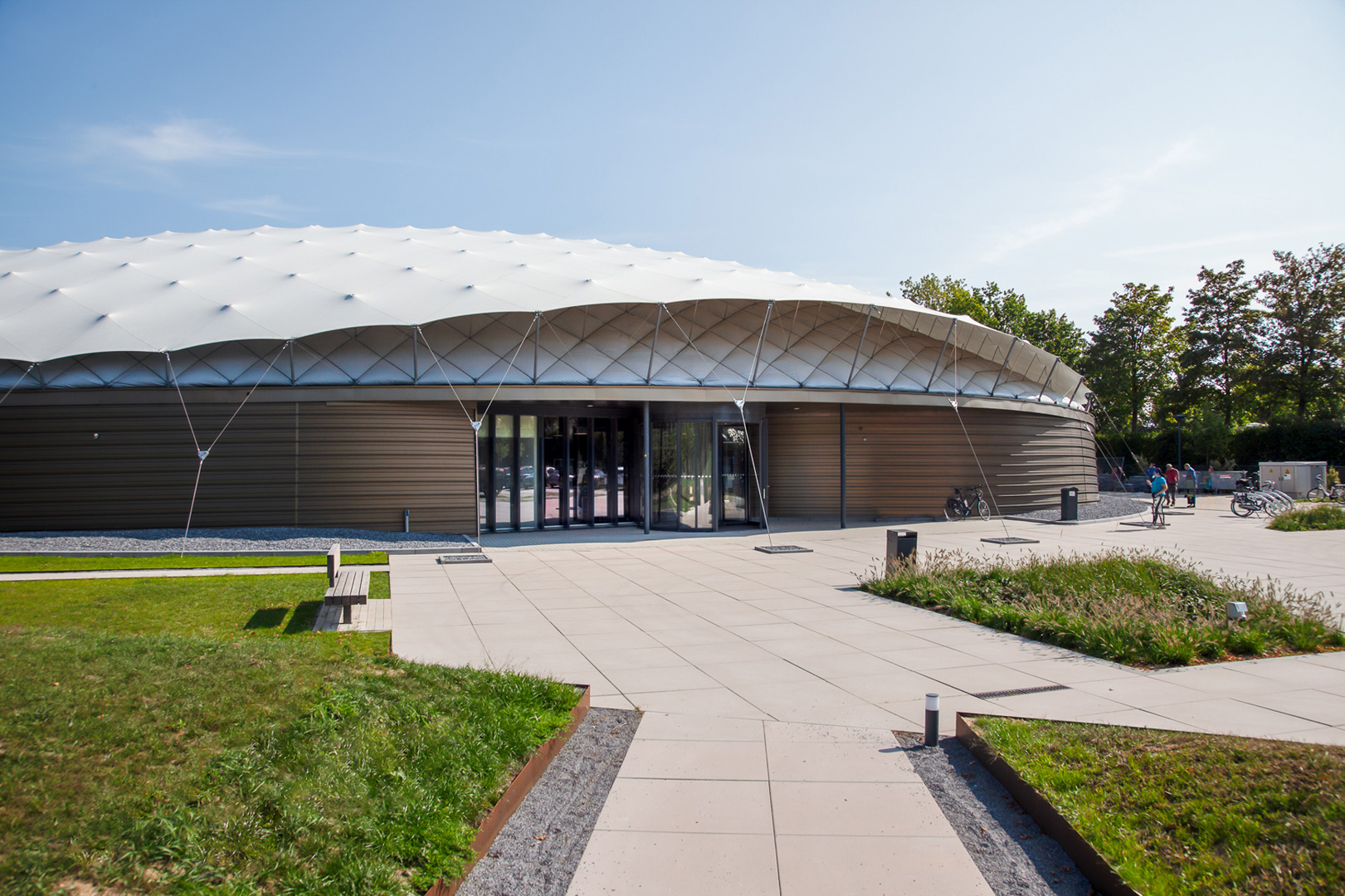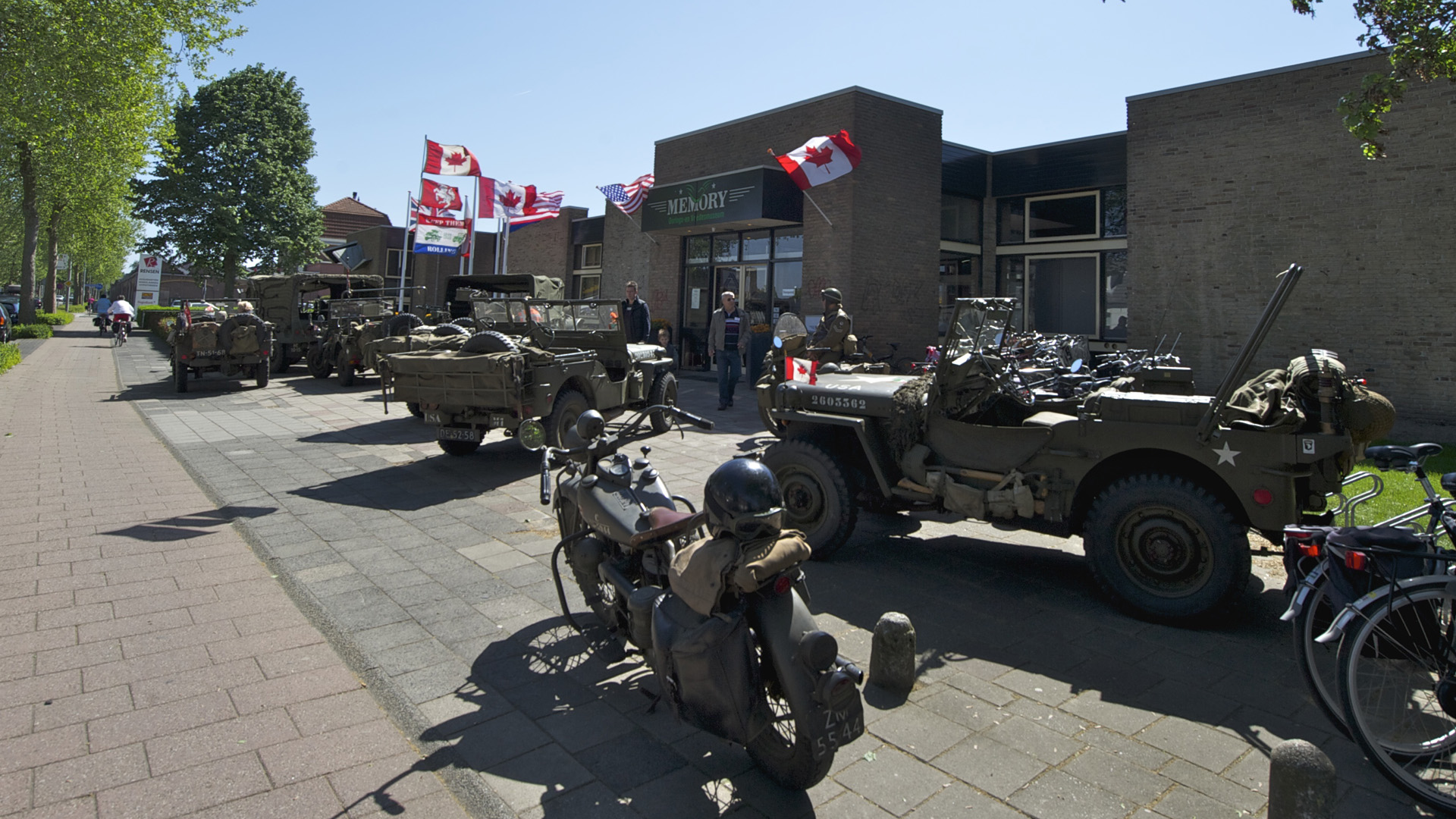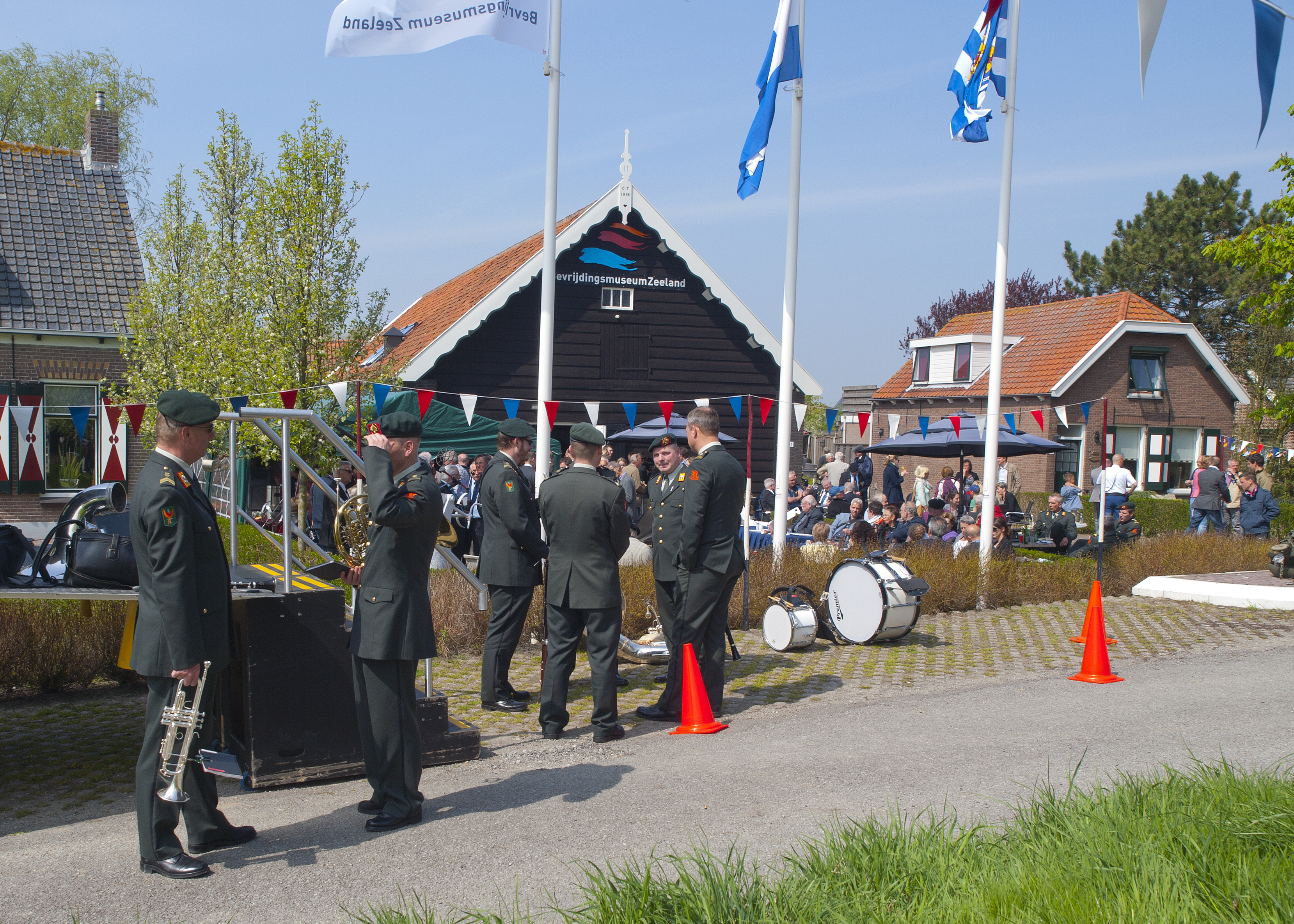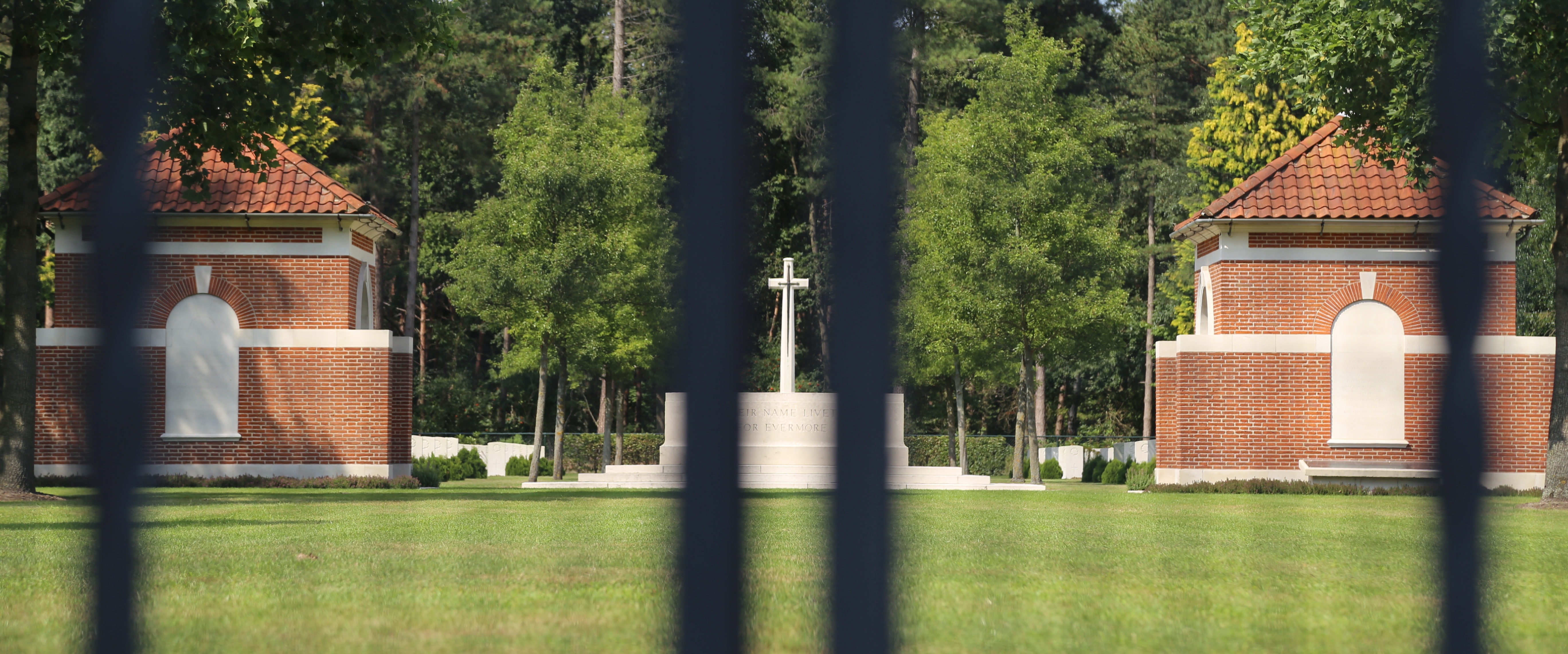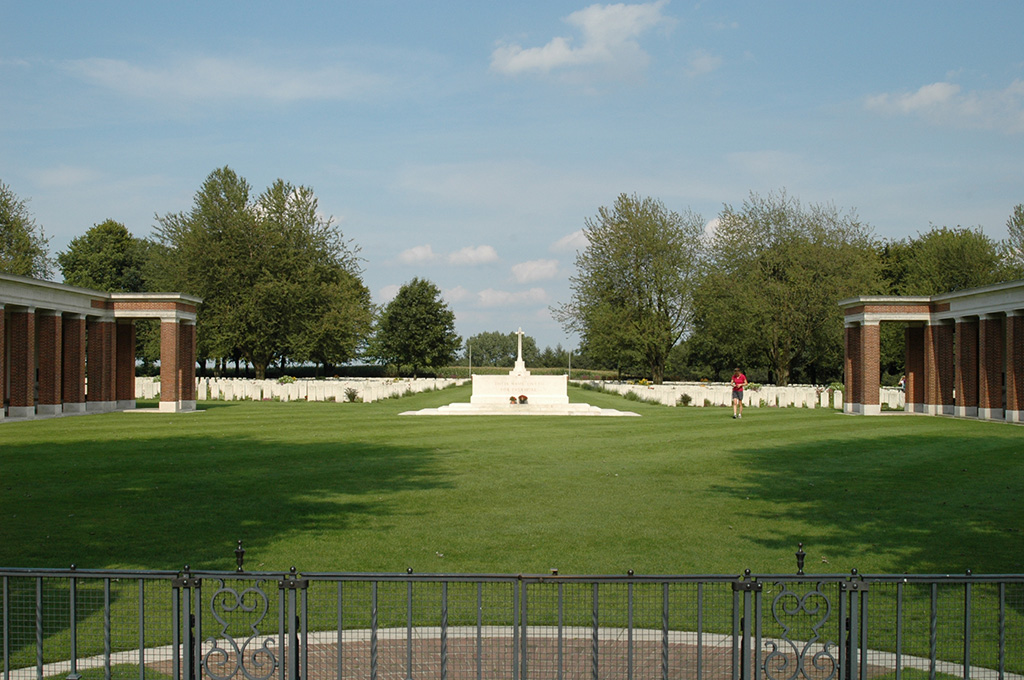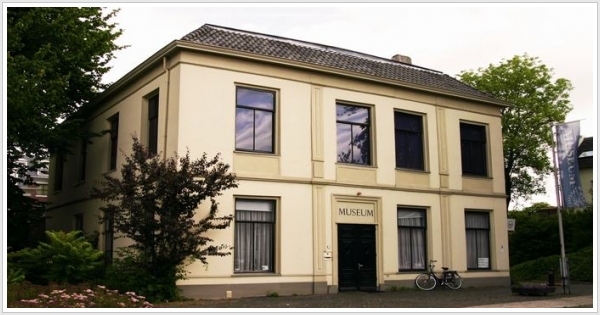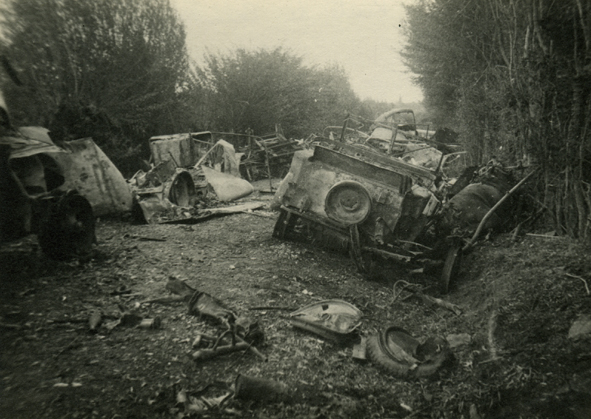
Rough Guides: Travel the Liberation Route Europe is a travel guide dedicated to remembrance sites and itineraries all over Europe.
Order your Rough Guides now!During WWII, General Harry Crerar commanded the First Canadian Army. In Normandy, the First Army was involved in Operation Totalize, Operation Tractable, the Battle of the Falaise Pocket, and the final clearing of the Channel Coast.
In Belgium and the Netherlands, the Army took part in the Battle of the Schedlt – without Crerar who was recovering from an illness and replaced by lieutenant general Guy Simonds, the commander of II Canadian Corps. Crerar’s First Army played a major role in the Battle of the Reichswald Forest (Operation Veritable). The First Army then participated in the invasion of Germany and the liberation of the Netherlands.
Starting in Normandy and ending in the northern Netherlands, this itinerary is the perfect opportunity to discover and commemorate the bravery of Crerar and the First Canadian Army.
Upon arrival in Normandy, begin the tour at Juno Beach with a visit to the Juno Beach Centre, a museum devoted to the contribution of Canadian troops in the Second World War. Head south towards the city of Caen and spend some time exploring the Caen Memorial Museum.
Day 2Between the 8th and 9th of August General Crerar and the Canadian First Army planned and enacted Operation Totalize – the final attack during the Battle of the Falaise Pocket and the Battle of Normandy. Explore the Falaise area and visit the Montormel Memorial. On your way to Flanders, stop by the cities of Le Havre, Rouen and Dieppe, all liberated by the First Canadian Army between the end of August and mid-September 1944.
Day 3From 2 October to 8 November 1944, the Canadian First Army – without Crerar who was ill – took part in the Battle of the Scheldt in Flanders (Belgium) and Zeeland (the Netherlands). They were tasked with liberating the Scheldt estuary so Allied ships could sail into Antwerp. After arriving in Antwerp, continue towards Zeeland for a visit to the Liberation Museum Zeeland and the Monument Sloedam ‘The Causeway’ in Arnemuiden.
Day 4Continue towards the town of Woensdrecht at the entrance to South Beveland, seized by the 2nd Canadian Infantry Division of the First Canadian Army on 16 October. After they secured the entrance in October, the 2nd Canadian Division began to advance into South Beveland, assisted by an amphibious landing by the 52nd British Division. Travel north to visit Canadian soldiers at the Bergen op Zoom war cemetery.
Day 5Continue to the Reichswald Forest area on the Dutch-German border, where heavy fighting took place in February 1945 during Operation Veritable. The main objective of this offensive was to clear the area between the river Maas and the Lower Rhine of German forces. On the way, stop by Groesbeek National Liberation Museum 1944-1945 and the Canadian war cemetery. After, visit the Kleve Commonwealth cemetery in the Reichswald area.
Day 6Make your way to the Dutch city of Arnhem, which the First Canadian Army helped liberate on 14 April 1945. Head to Wageningen where the orders of surrender for the German army in the Netherlands were signed on 5 May 1945. Check out Hotel De Wereld, the location of the signing, and the Museum Casteelse Poort that features an exhibition devoted to the capitulation.
Day 7Conclude the journey with a visit to The Man with Two Hats monument in Apeldoorn, a tribute to the Canadian liberators of the Netherlands. Continue to the Memory Museum in Nijverdal and the National Memorial Centre Camp Westerbork that the 2nd Canadian Division liberated on 12 April 1945. End the day in the city of Groningen, liberated on 16 April. End of the tour.



